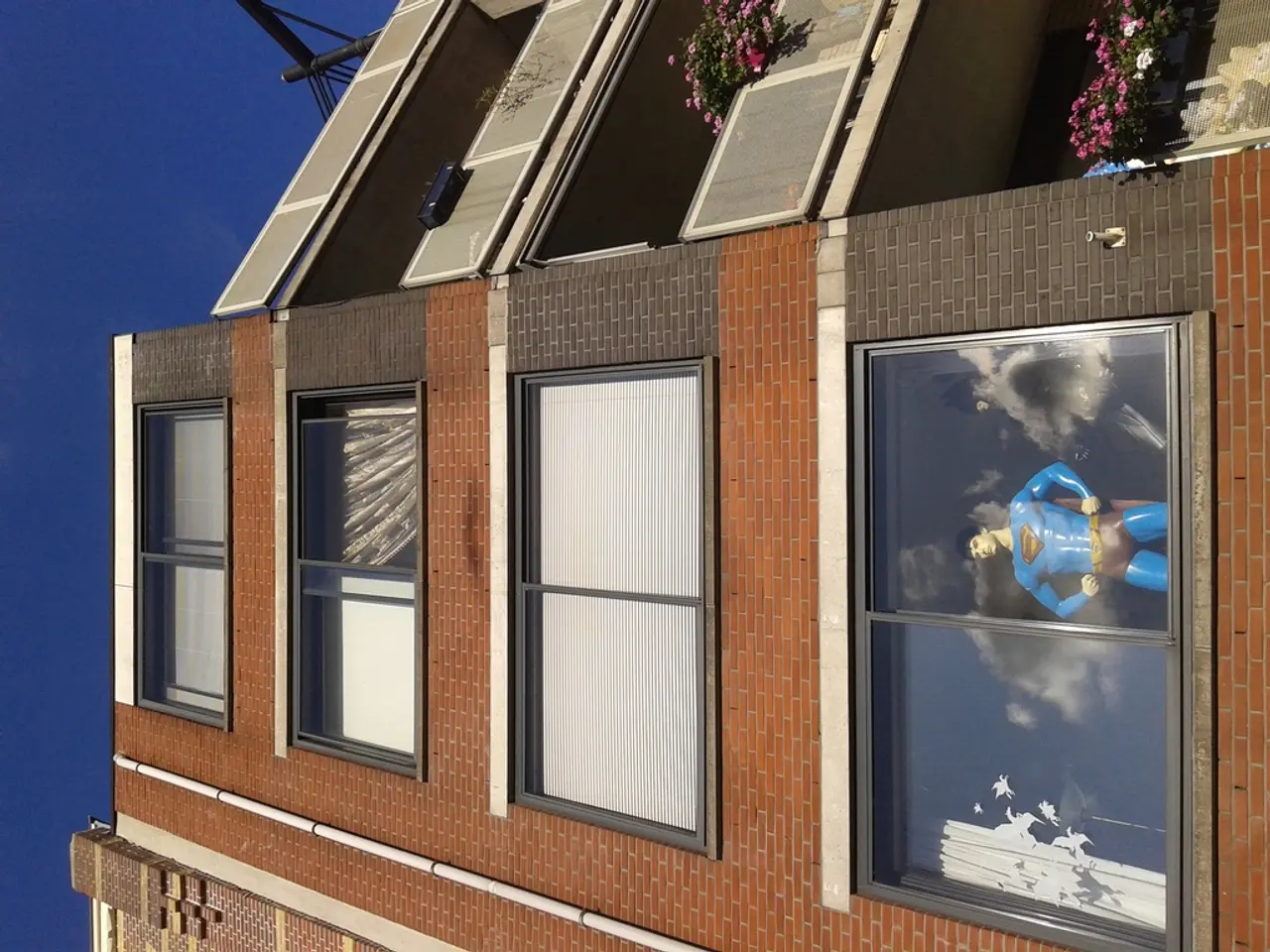Improve your sleep quality by incorporating these 7 plants into your bedroom:
Indoor plants can play a significant role in improving air quality by absorbing common toxins and volatile organic compounds (VOCs) such as formaldehyde, benzene, and mold spores. Here are some of the best plants to consider for a cleaner and healthier living space.
Peace Lily (Spathiphyllum) is a popular choice due to its ability to absorb mold spores, formaldehyde, and VOCs. This plant is easy to care for, requiring little to no sunlight and weekly watering. Peace Lily symbolizes peace and cooperation, with its white hooded flowers.
Aloe Vera is not only a great addition for its jelly-like extract, which can act as a skin moisturizer and pain reliever, but it also helps in purifying the air. It thrives best in a sunny window.
English Ivy (Hedera helix) is known for its attractive appearance, looking great in hanging baskets or around windowsills. It is effective at reducing airborne fecal particles and removing formaldehyde, benzene, and xylene. However, it may cause severe contact dermatitis in humans with sensitive skin.
Draceana plants are a large group of houseplants that grow to three feet tall and require larger pots and more space. They are effective at removing toxins from indoor air, but they do not tolerate too much water. Instead, they prefer to be misted.
Spider plant (Chlorophytum) is a versatile plant that grows baby 'spiderettes' over time, which can be repotted. It is effective in removing carbon monoxide, xylene, and other toxins from indoor air.
Bamboo Palm (Chamaedorea seifrizii) is another great choice for improving indoor air quality. It filters formaldehyde and increases humidity, thriving in low to medium light and preferring moist soil.
Golden Pothos (Epipremnum aureum) is low-maintenance and effectively removes formaldehyde, benzene, and toluene. However, it is toxic to pets, so be mindful of pet safety when choosing this plant.
Snake Plant and Chinese Evergreen (Aglaonema) are also worth considering. The Snake Plant filters formaldehyde and benzene and releases oxygen even at night. Chinese Evergreen can remove benzene and formaldehyde from indoor air, preferring high humidity.
Scientific studies such as the NASA Clean Air Study have shown these plants can reduce VOCs indoors through their natural physiological processes, including photosynthesis. However, real-world VOC removal by houseplants alone may be limited, so they are best used as part of a broader air quality strategy, not the sole solution.
When selecting plants, consider their care requirements (light, watering) and potential toxicity to pets. By choosing robust, air-purifying plants that suit your lighting and care conditions, you can maximize their air quality benefits indoors.
- For a healthier living space, consider growing the Peace Lily (Spathiphyllum), which absorbs mold spores, formaldehyde, and VOCs, and is easy to care for, even in low light.
- Aloe Vera is not only beneficial for its jelly-like extract but also helps in purifying the air, thriving best in a sunny window.
- English Ivy (Hedera helix) can reduce airborne fecal particles and remove formaldehyde, benzene, and xylene, but it may cause irritation to sensitive skin.
- Draceana plants, which grow up to three feet tall, are effective at removing toxins from indoor air, preferring to be misted instead of over-watered.
- Spider plant (Chlorophytum) grow 'spiderettes' over time and are effective in removing carbon monoxide, xylene, and other toxins, making them great additions to a home-and-garden nursery as gifts for a healthier lifestyle.
- Bamboo Palm (Chamaedorea seifrizii) filters formaldehyde and increases humidity, thriving in low to medium light and moist soil, working well in a variety of indoor settings.





